Hindutva and Dalits: Perspectives for Understanding Communal Praxis
Contents: Foreword. Introduction. I. Theoretical Perspectives: 1. Foreword by Tanika Sarkar Introduction. I. Theoretical Perspectives: 1. Dalits in the Theory and Practice of Hindutva/Shamsul Islam. 2. Hindutva, Dalits and the Neoliberal Order/Anand Teltumbde. 3. The Dalits and Hindutva: Gainers and Losers/Sandeep Pendse. 4. Hindutva’s Social Engineering: Dalit’s Participation in the Anti-Muslim Pogrom, Gujarat 2002/Ram Puniyani. 5. Between Her Legs: Hindutva and Dalit Women/Meena Kandasamy. 6. Hindutva: Historicity of Dalit Connection/Prakash Louis. 7. Dalit–Hindutva Alliance and the Dynamics of Dalit Politics/Ramesh Kamble. II. Hindutva in Operation: 8. Subverting the Shudra-Ati-Shudra Revolution: The Uttar Pradesh Way/Subhash Gatade. 9. Maharashtra: Dalit Politics in the Hindutva Trap/Suhas Palshikar. 10. No Exit? Dalits, Hindutva and the Dravidian Movement/V. Geetha. 11. Contesting Exclusions: Dalits and Reconstructions of Religious Identities in Punjab/Navprit Kaur. 12. Hindutva and Dalits in Andhra Pradesh and Telangana/K. S. Chalam. 13. Hindutva Influence on Dalits: The Case of Karnataka/Shivasundar. 14. Gujarat: In Search of Answers/Anand Teltumbde and Subhash Gatade. 15. The Sangh Parivar Initiatives in the Tribal Belt of Wyanad in Kerala/T. K. Ramachandran and P. T. John. 16. Dalits in the Hindutva Laboratory of Gujarat/Martin Macwan. Bibliography. Index.
Despite the teachings of Babasaheb Ambedkar against Hinduism and its pernicious caste system, which he forsook to become a Buddhist, many Dalits have turned to Hindutva. The RSS under Balasaheb Deoras began to appropriate Ambedkar, engaging with Dalits and Adivasis, Hinduizing their beliefs, providing social welfare and binding them in a political alliance. Hindutva and Dalits: Perspectives for Understanding Communal Praxis takes a comprehensive view of the birth and growth of the Hindutva movement and its specific impact on Dalits. Part I, Theoretical Perspectives, explores the attitude of Hindutva vis-à-vis Dalits in its various manifestations. Part II, Hindutva in Operation, covers empirical evidence of its impact on Dalits. The contributors, distinguished scholar-activists, offer a provocative analysis on why both Dalits and Adivasis are drawn to Hindutva. As analysed by Tanika Sarkar in her incisive Foreword, Hindutva’s hegemonic agenda lets ‘subalterns develop a stake in their own subordination, … not in resignation or despair but in eager self-identification with it’. The great strength of this collection is that it asks difficult questions that need to be asked and yet have no easy answers. The book, thus, makes an invaluable contribution to the debate and takes it forward.
Get it now and save 10%
BECOME A MEMBER
-
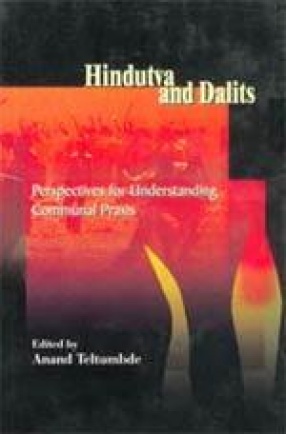
Hindutva and Dalits: Perspectives for Understanding Communal Praxis
-
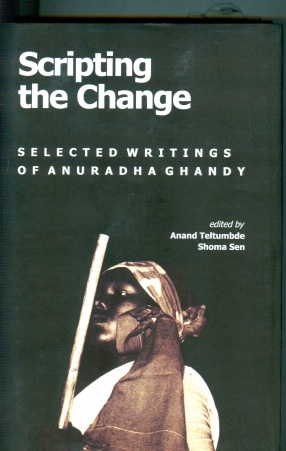
Scripting the Change: Selected Writings of Anuradha Ghandy
-
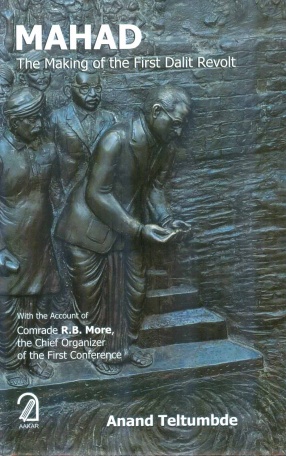
Mahad: The Making of the First Dalit Revolt with the Account of Comrade R.B. More, The Chief Organizer of the First Conference
-
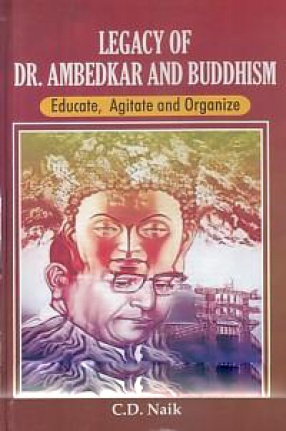
Legacy of Dr. Ambedkar and Buddhism: Educate, Agitate and Organize

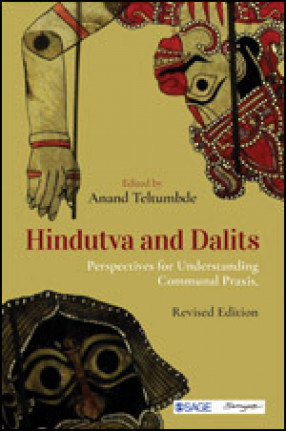
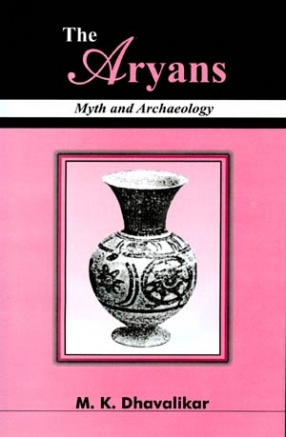




Bibliographic information